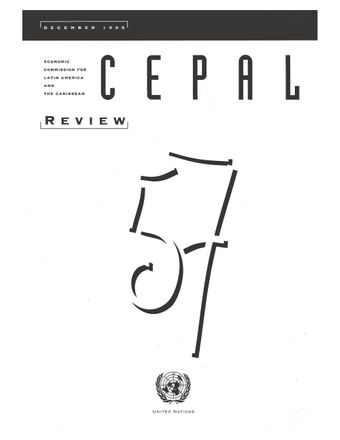-
The dual currency bifurcation of Cuba’s economy in the 1990s: Causes, consequences and cures
- Source: CEPAL Review, Volume 1995, Issue 57, 12月 1995, p. 113 - 131
- 西班牙语
-
- 13 12月 1995
Abstract
In the 1990s, there has been a growing split in Cuba’s economy between the traditional socialist peso-based component and the internationalized dollar-oriented and marketized component. This schism has been caused by a conjuncture of circumstances, including the expansion of tourism and foreign and mixed enterprise; the contraction and loss of confidence in the socialist economy; the weakening of the monetary role of the peso (owing to the rapid inflation arising from the financing of the fiscal deficit through money creation), and a grossly overvalued exchange rate. This dual currency and structural bifurcation of the economy shaped the pattern of income distribution, thereby influencing the economic behaviour of the Cuban people.
© United Nations





